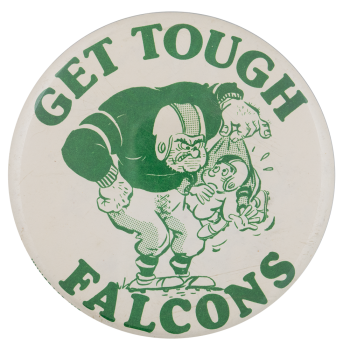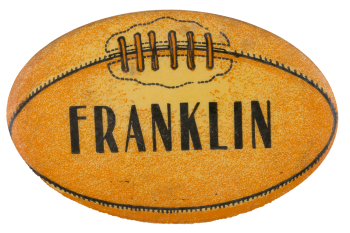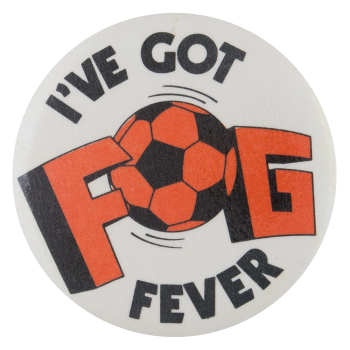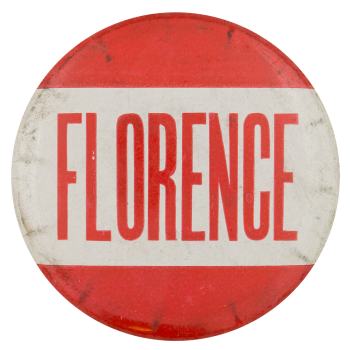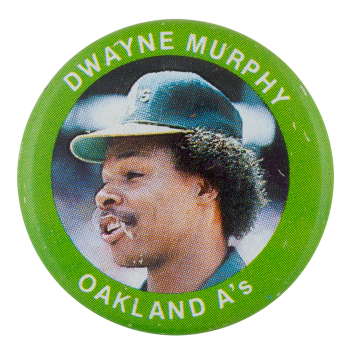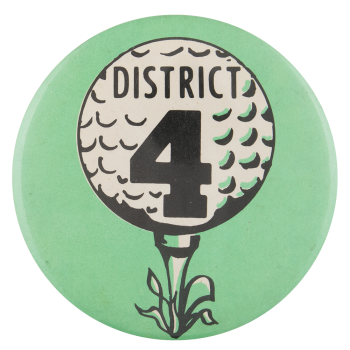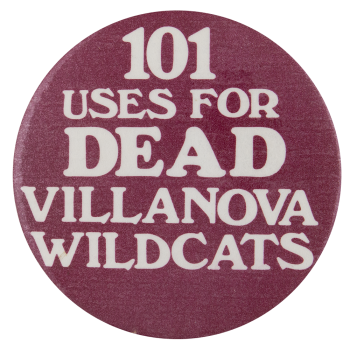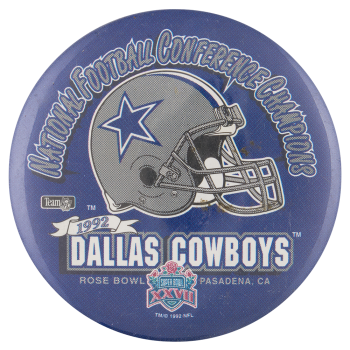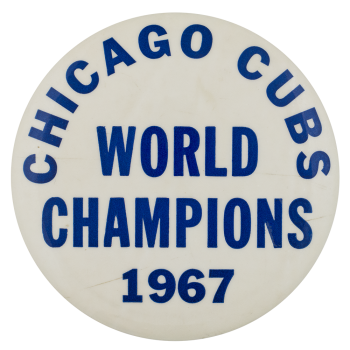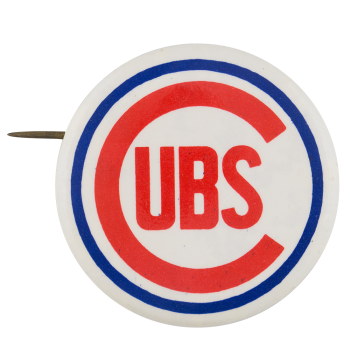Get Tough Falcons
| Category | |
|---|---|
| Additional Images | |
| Text on Button | GET TOUGH FALCONS |
| Image Description | A white background with green text. In the center is a green, large man wearing an old-time football uniform with a leather helmet holding a smaller player by his shirt |
| Curl Text | WINCRAFT INC. 1-800-533-8100 (MN 1-507-454-5510) MADE IN U.S.A |
| Back Style | |
| The Shape | |
| The Size | |
| The Manufacturer | |
| Additional Information | Falcon High School was founded in Falcon, Colorado, in 1900. It was the only school in the district until 1997. The school moved to Peyton to occupy an eco-friendly, technology-enhanced building in 2007 with a turf field. This school is most identifiable by its strong football program represented by a forest green uniform which was strengthened by the school’s location change. |
| Sources |
About Falcon High School. (2020). Falcon High School. Retrieved from https://www.d49.org/domain/476 |
| Catalog ID | SP0040 |

